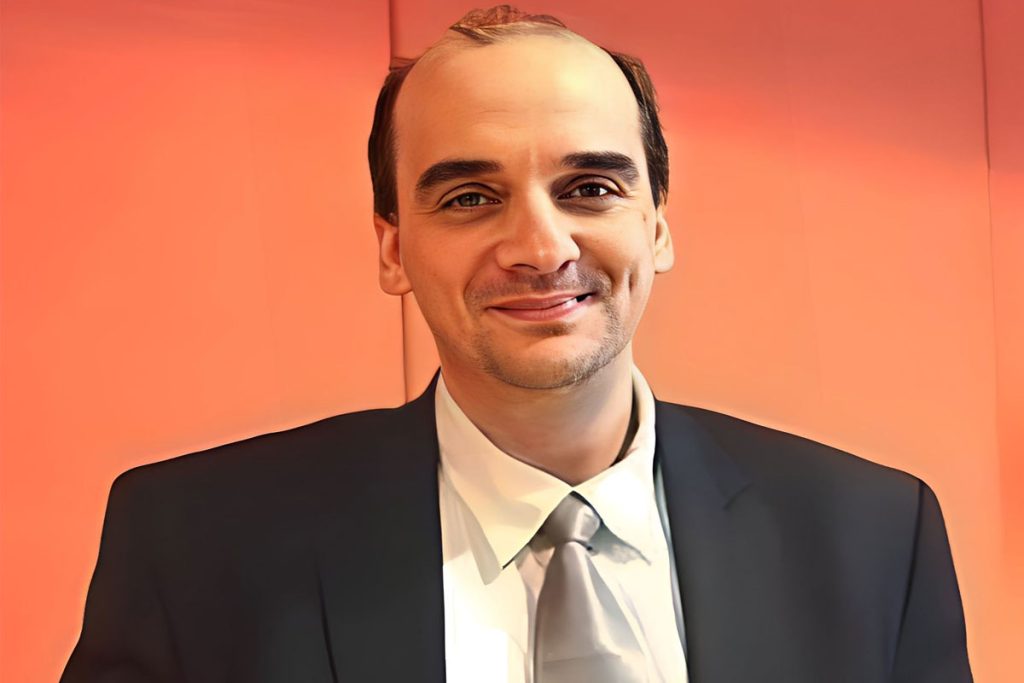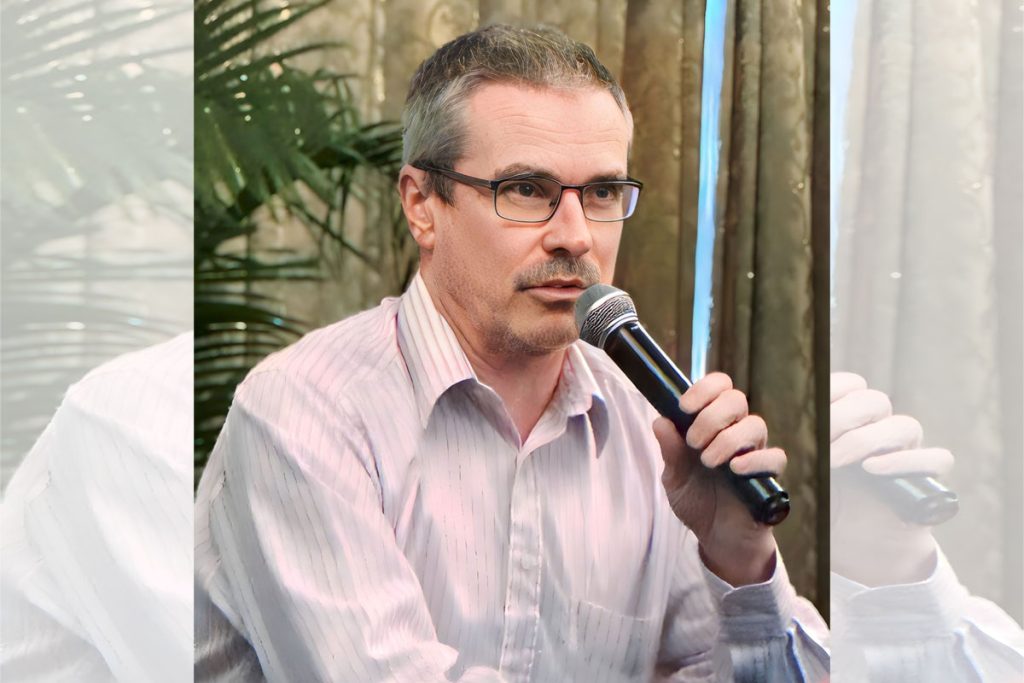
Black market boom of tobacco alternatives feared

 INFORMATION on smoke-free products from the World Health Organization Framework Convention on Tobacco Control’s (WHO FCTC) is fueling the black market of unregulated cigarette alternatives, claimed harm reduction experts.
INFORMATION on smoke-free products from the World Health Organization Framework Convention on Tobacco Control’s (WHO FCTC) is fueling the black market of unregulated cigarette alternatives, claimed harm reduction experts.
Dr. Konstantinos Farsalinos, a cardiologist and research fellow at the Onassis Cardiac Surgery Center in Athens, Greece, expressed fears that banning smoke-free alternatives such as e-cigarettes, heated tobacco and oral nicotine would only exacerbate the underground market for these products.
Citing India as an example, Farsalinos noted that its decision to ban cigarettes under the influence of the WHO FCTC and allied non-governmental organizations has worsened the problem.
“From a very small market which was at that time unregulated but not illegal, they illegalized the product and they ended up with a huge 100-percent black market of illicit electronic cigarette products that are available virtually in every corner in all major cities in India with no quality criteria, no quality control, no regulation, no oversight from the government, no rules on marketing and promotion, no one knows where they come from,” said Dr. Farsalinos.
“It’s a perfect example showing that regulation can sometimes be much worse than just leaving everything alone and applying no regulation at all. Hopefully one would expect countries to learn from these mistakes. They don’t because first of all they don’t admit the mistakes despite the obvious and well understood outcome,” he said.
Dr. Farsalino’s statement coincided with the gathering of representatives from 183 countries, including the Philippines, for COP 10 at the Panama Convention Center, convened by the WHO FCTC. Discussions at the conference encompassed smoke-free novel and emerging tobacco products.
Harm reduction experts said the WHO FCTC is trying to deprive 1.3 billion smokers access to potentially life-saving, low-risk alternatives to cigarettes. “This has occurred through prohibition, regulation and misinformation – for which there is no scientific or ethical basis,” said Clive D. Bates, director of Counterfactual, a consulting and advocacy group focused on a pragmatic approach to sustainability and public health.
Martin Cullip, an international fellow at the UK-based Taxpayers Protection Alliance’s Consumer Center, concurred. “They won’t let consumers take part in discussions. They won’t allow consumers to watch the event. They won’t let us speak directly with delegations. Delegations almost all ignore messages sent to their governments on harm reduction,” he said.
Cullip underscored the importance of scientific integrity for the WHO, pointing out the WHO FCTC’s efforts to redefine smoke. “The science overwhelmingly supports tobacco harm reduction, so advocacy should be unnecessary. However, when they disregard science, we are compelled to speak out, only to be ignored,” said Cullip.
Meanwhile, Bates criticized two WHO FCTC papers for for mischaracterizing heated aerosol as “smoke”.
“In summary, the primary aim of these two papers is to argue that heated tobacco products are smoking products that do not offer harm reduction benefits and therefore should be regulated similarly to cigarettes. However, this narrative is false and dangerous. These products are, beyond any reasonable doubt, far less harmful than cigarettes and, in some countries, have triggered a dramatic decline in smoking,” he said, referring to Sweden, the UK and Japan.
Bates underscored that heated tobacco products (HTPs) do not involve combustion and are chemically distinct from tobacco smoke, highlighting their significantly reduced emission of harmful chemicals compared to tobacco smoke, citing research findings.
“In general, HTP emissions contain far fewer compounds than tobacco smoke and exhibit, on average, a 90-percent reduction in HPHCs (harmful and potentially harmful chemicals). The TPM (tobacco particular matter) of HTPs is dominated by water and has a high volatile content, whereas the TPM of tobacco smoke is mostly composed of low-volatile droplets and solid particles,” he said.
Bates referred to court cases in Germany and Sweden where heated tobacco products were not classified as smoking products due to the absence of combustion.
He said toxic exposures with heated tobacco products are significantly lower, likely reducing health risks for smokers who switch to these products, as recognized by no less than the US Food and Drug Administration.
“WHO has never provided a justification or evidence for this policy (banning a much safer product while allowing cigarettes to be available everywhere). Given ENDS [electronic nicotine delivery systems) are substitutes for cigarettes, we would expect this measure to increase smoking, promote illicit trade in ENDS, and increase harm to health and welfare,” he said.
Bates also disputed the claims by the WHO that there is insufficient evidence showing that these products displace smoking at the population level, saying there is ample evidence from various sources indicating the opposite.
“There is a wide range of evidence from randomized controlled trials, observational studies, population trend data, quasi-experimental economic studies, market observers, and user testimony, all showing that ENDS use displaces smoking. Also, we would expect that innovation with new, safer products should displace incumbent dangerous products,” he said.




















